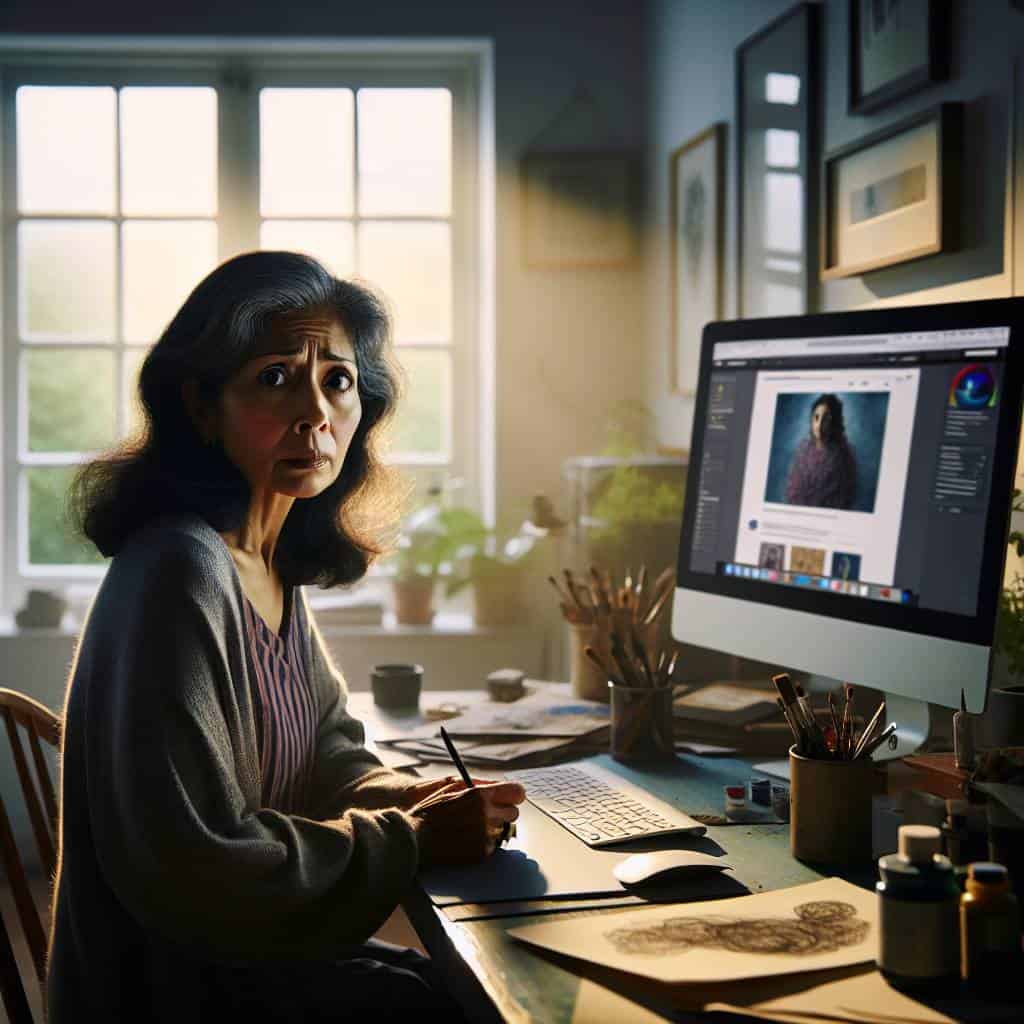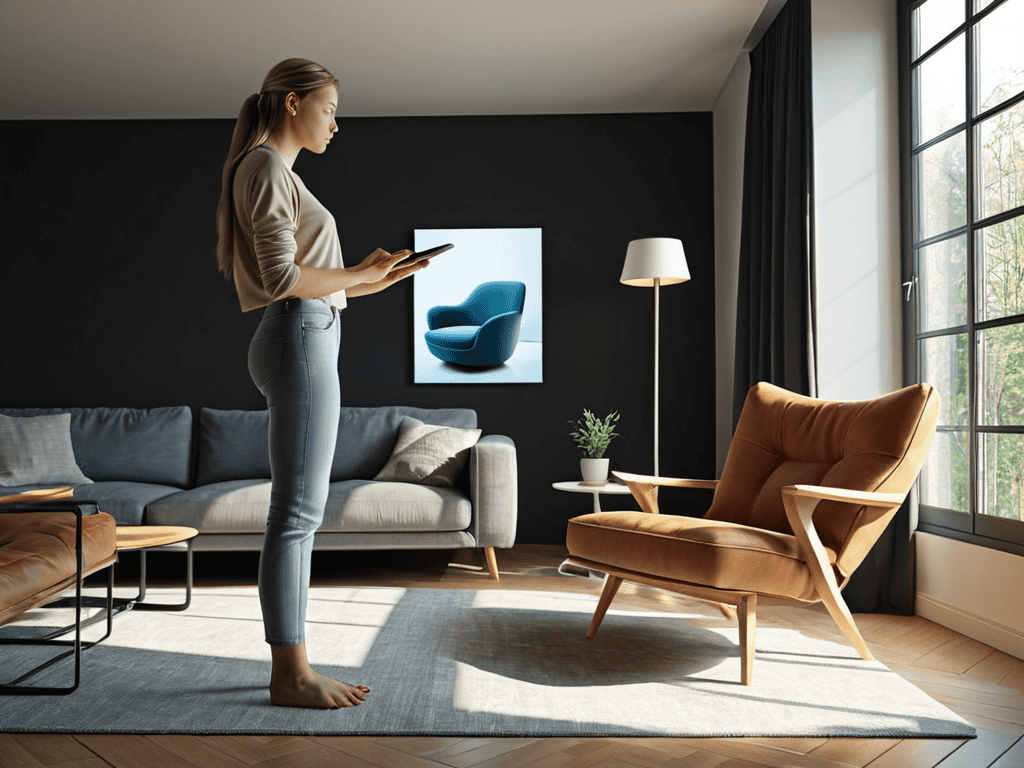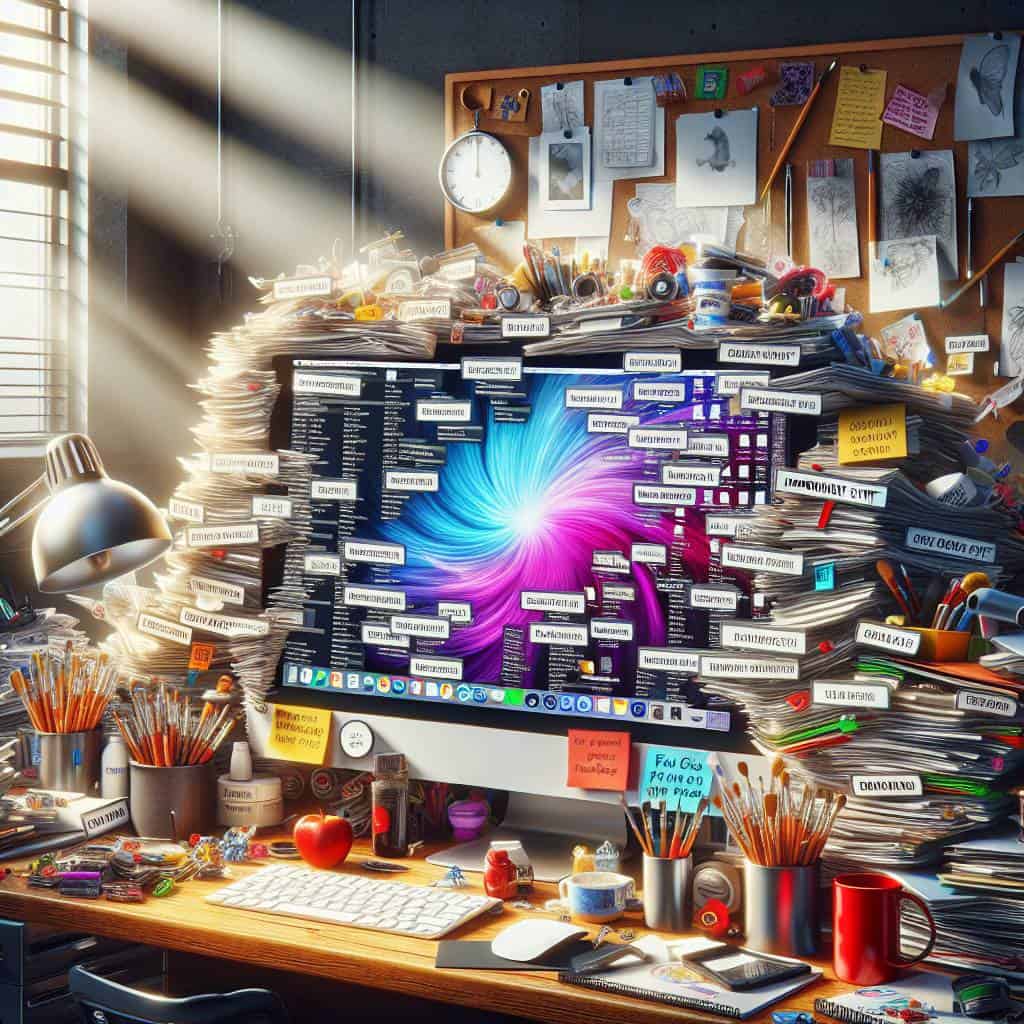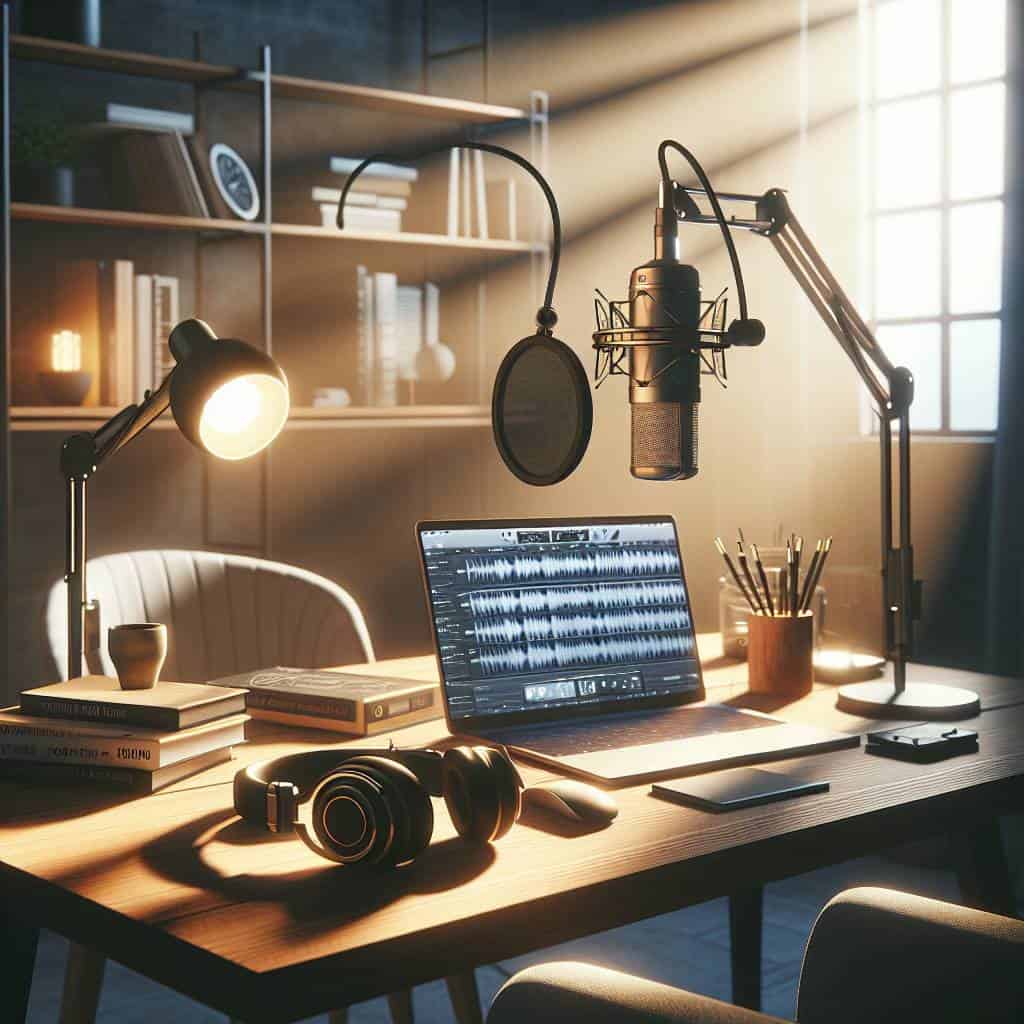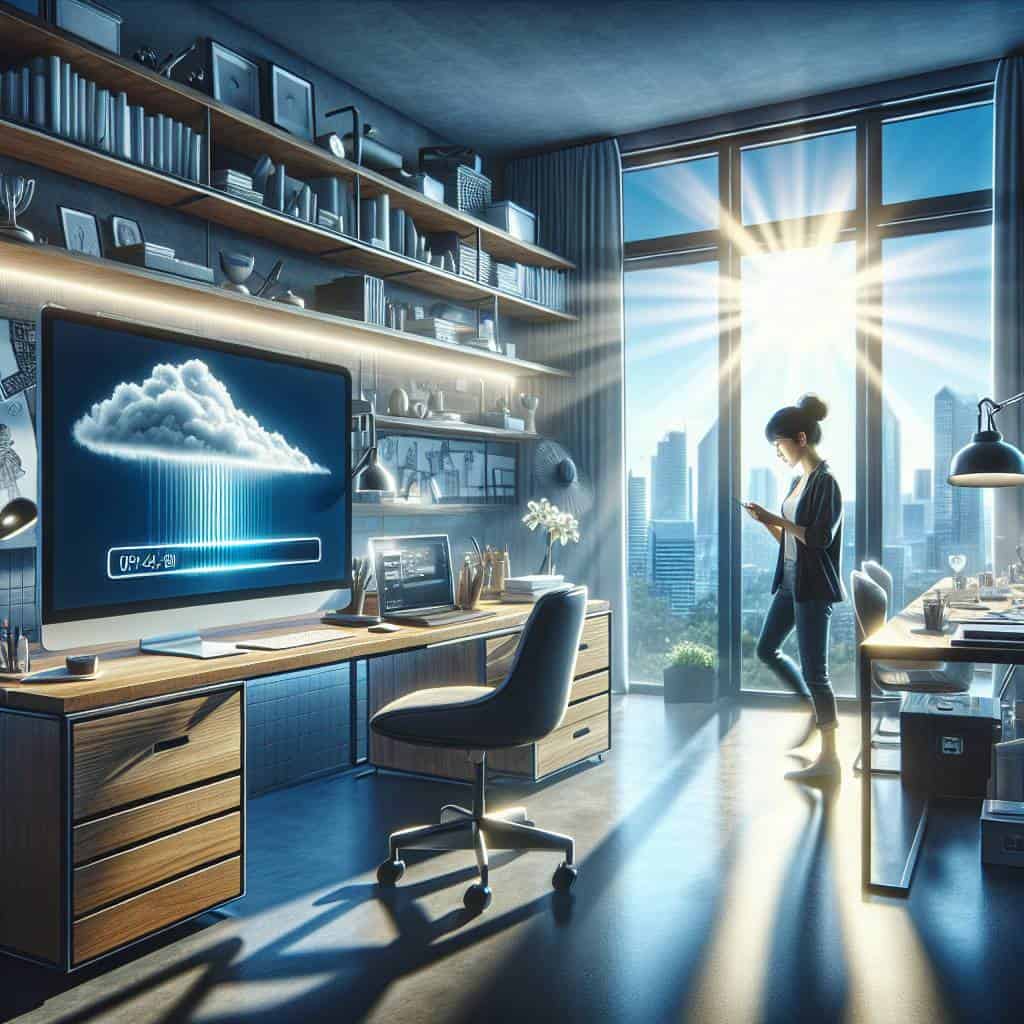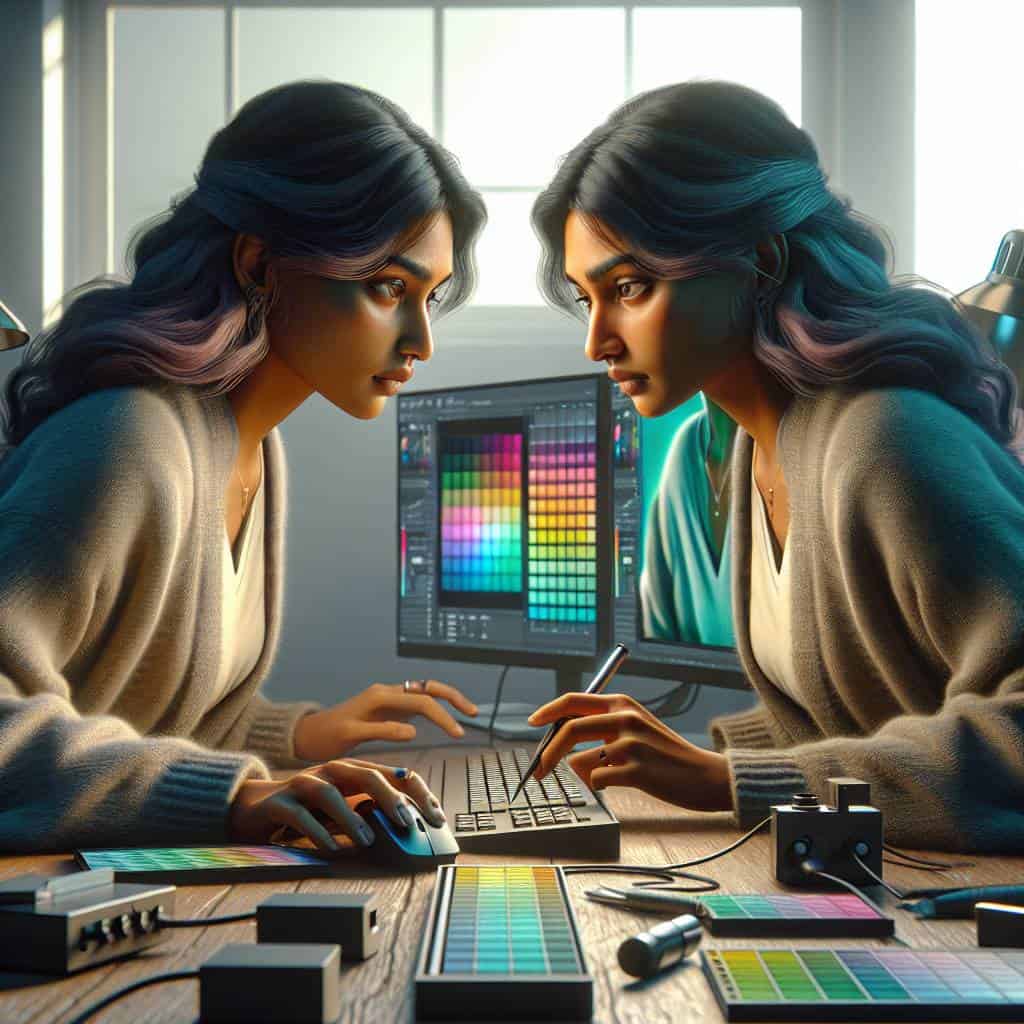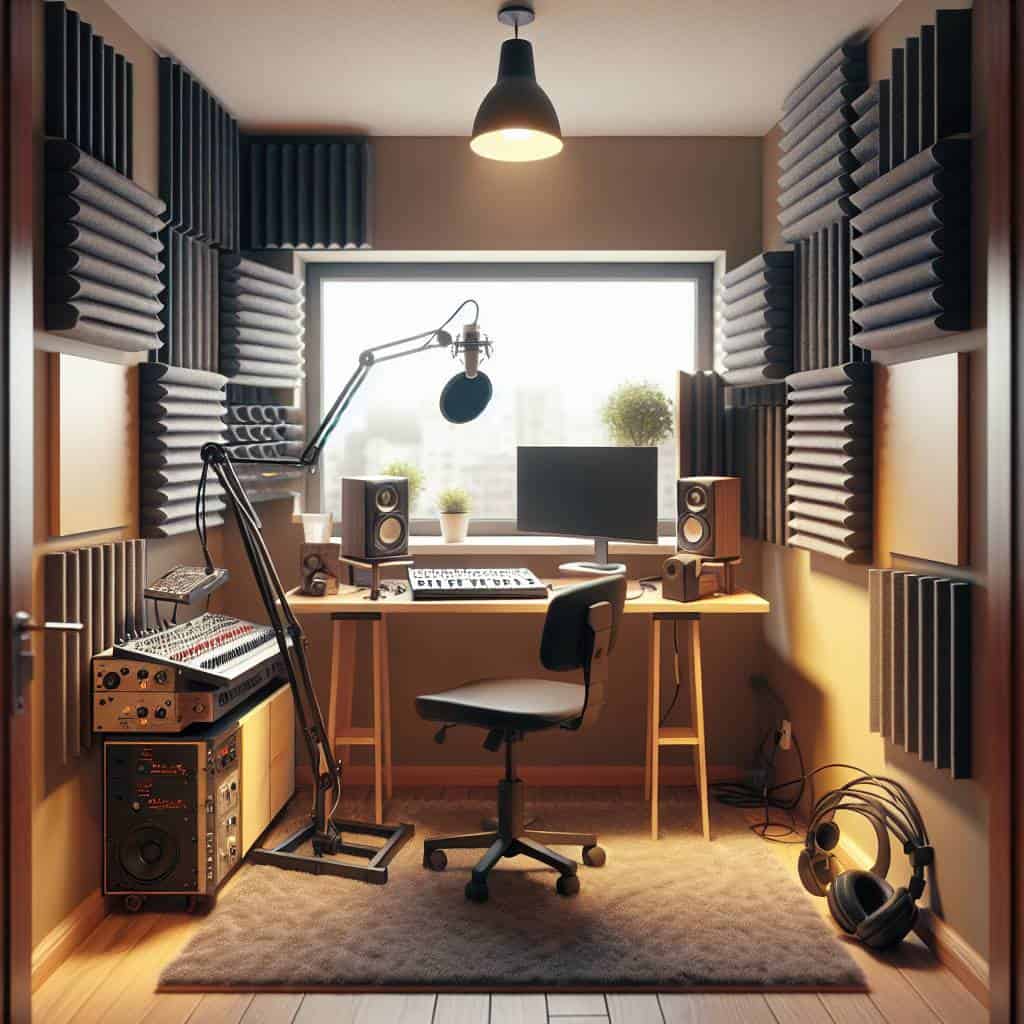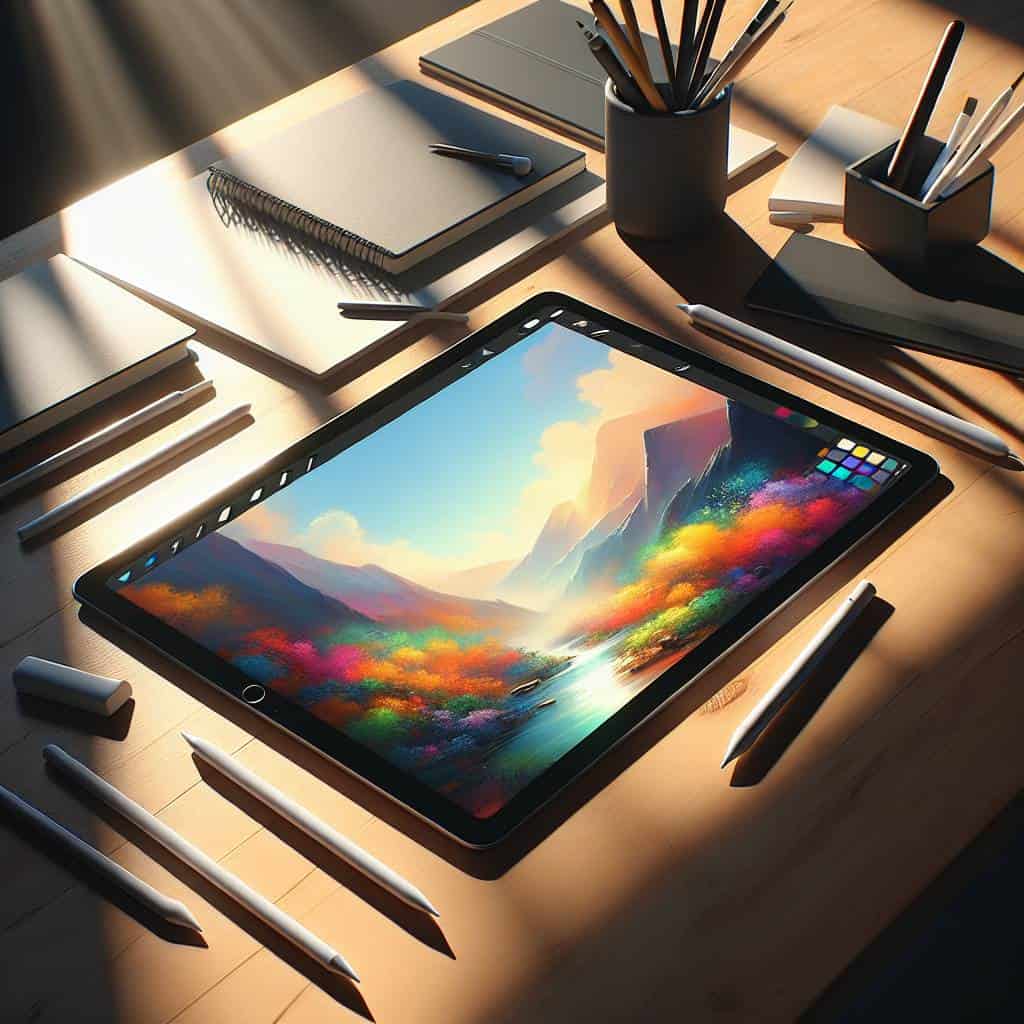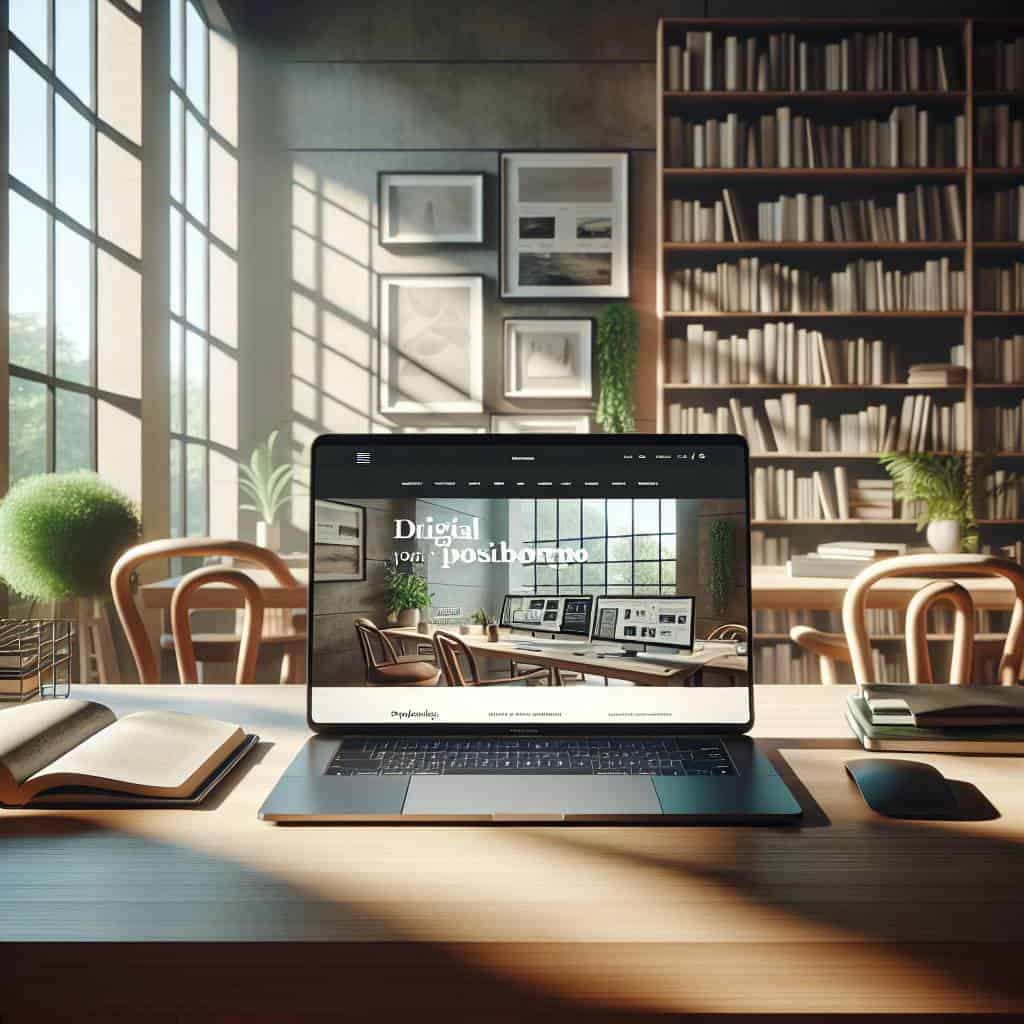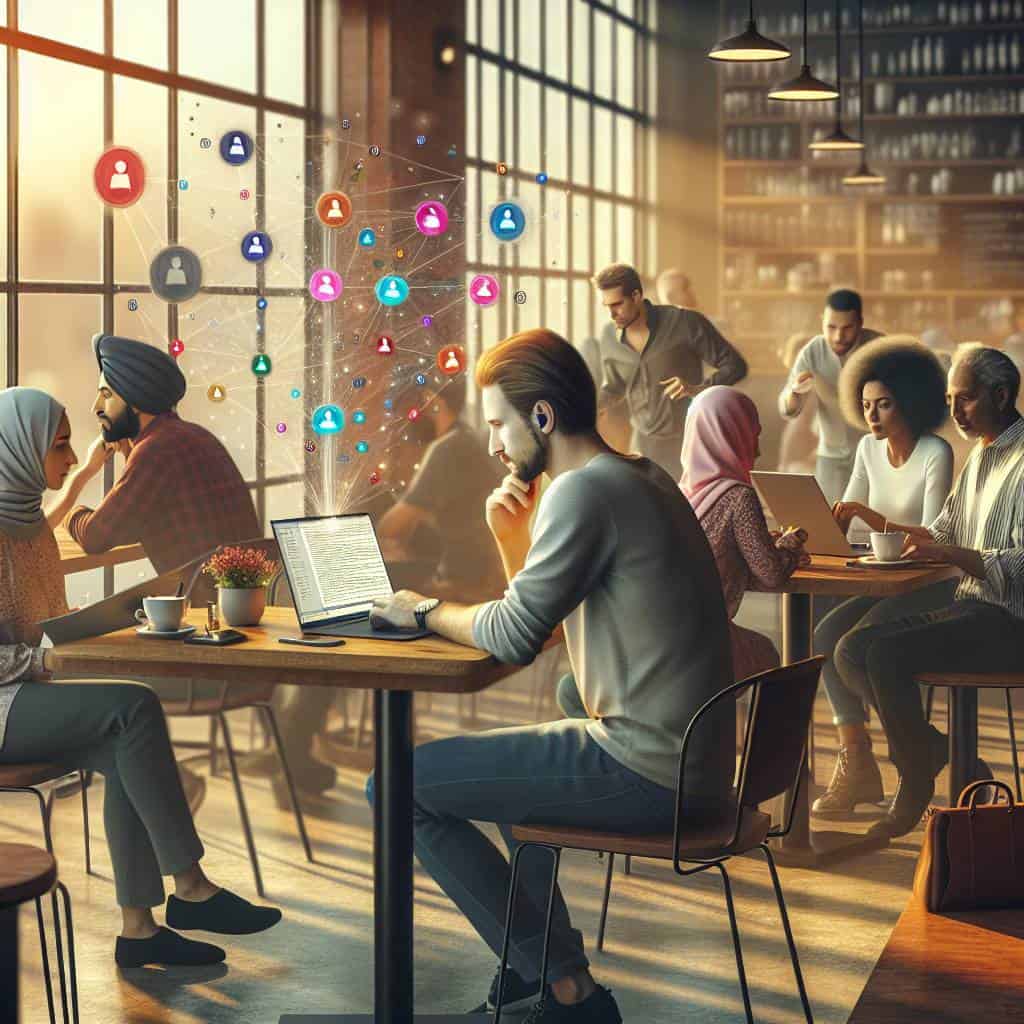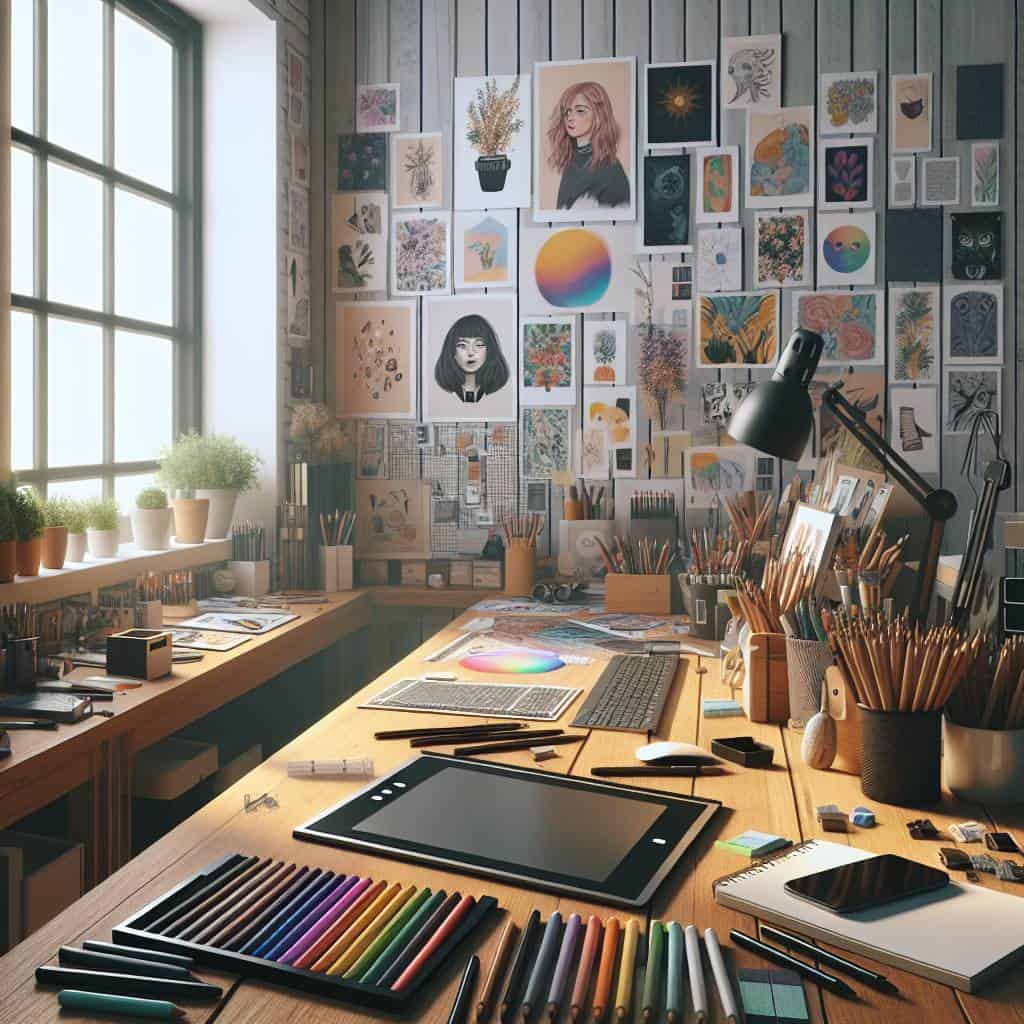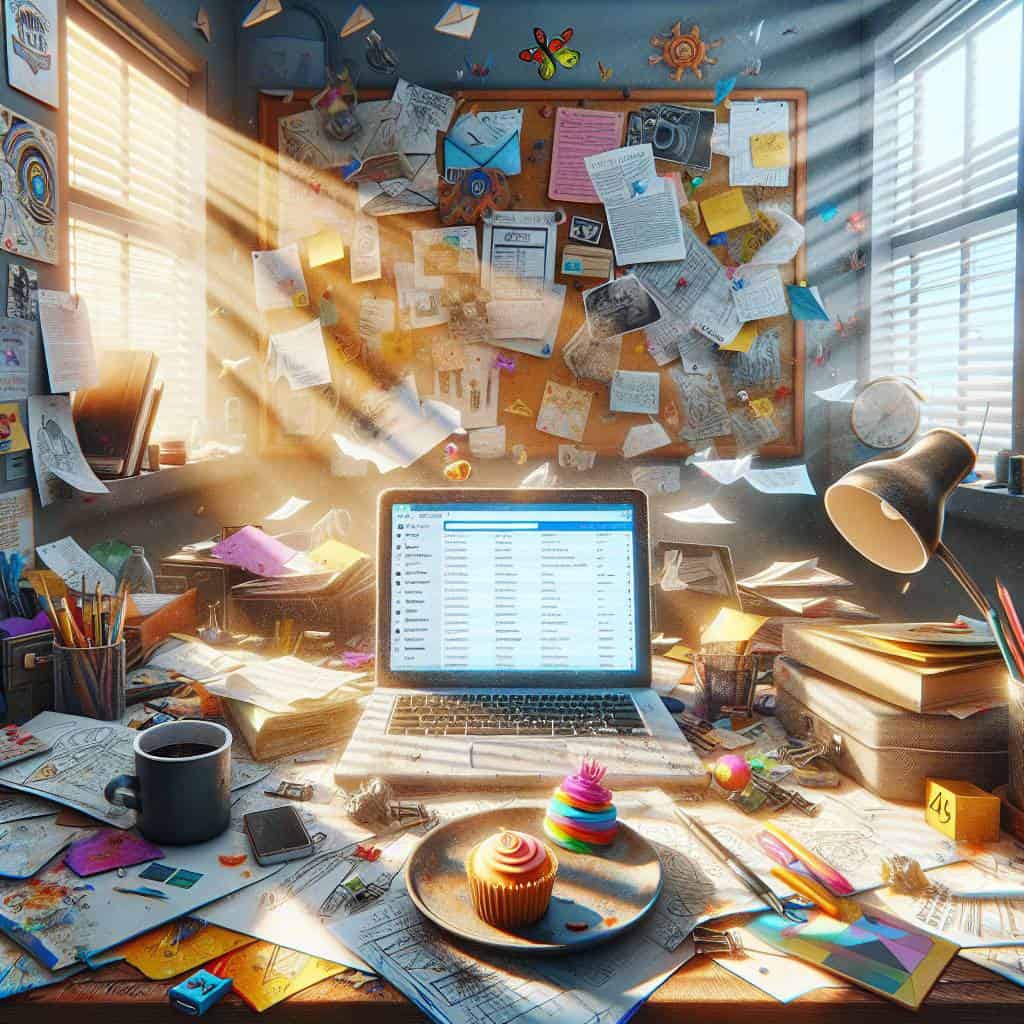I remember the first time I decided to dive into the world of vlogging. I was convinced I needed the latest and greatest gear, something that would scream “professional” despite my zero experience. So there I was, standing in a tech store, clutching a shiny new camera with a flip screen—thinking I’d cracked the code to YouTube stardom. Spoiler alert: I hadn’t. The sound quality was atrocious, and the lighting made me look like a ghost. I quickly realized that no amount of fancy gear could mask the rookie mistakes that come with being a beginner. And let’s not even talk about the hours I spent trying to sync audio and video like some kind of editing magician.
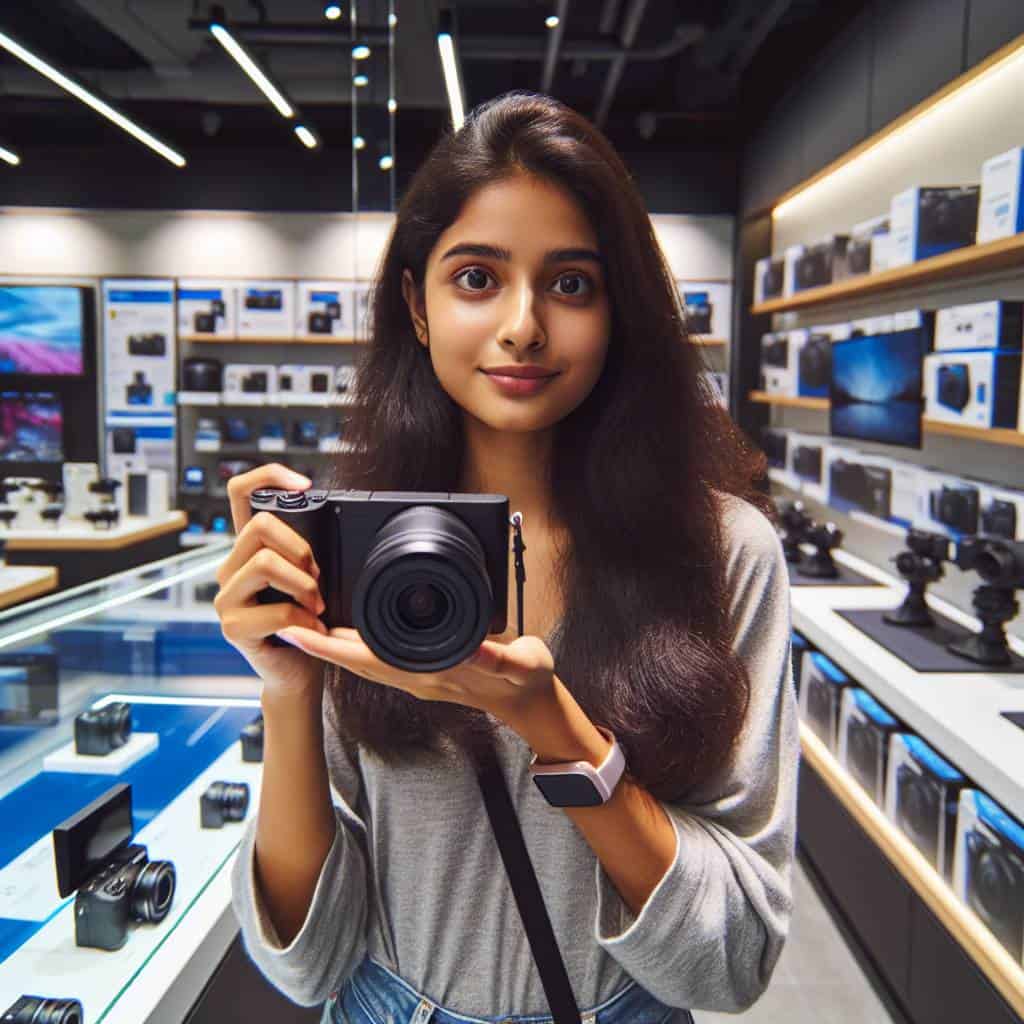
But here’s where this gets interesting. You’re probably in a similar boat, wondering which camera will elevate your vlogging game without draining your wallet. Fear not, my friend. In this article, we’re going to cut through the jargon and get real about what you actually need. We’ll explore the quirks of mirrorless cameras, the importance of a flip screen, and why a microphone input is your new best friend. Whether you’re aiming for YouTube greatness or just want to document your cat’s antics with decent lighting, I’ve got you covered. Let’s navigate this chaotic world of vlogging gear together, with honesty and a dash of humor.
Table of Contents
How a Flip Screen and Microphone Combo Saved My YouTube Dreams
So there I was, standing on the precipice of my YouTube dreams, armed with nothing but a second-hand mirrorless camera I’d convinced myself was the key to internet stardom. The problem? I quickly realized it was about as useful as a chocolate teapot without the right accessories. Enter the flip screen and microphone combo—a game changer that turned my pixelated, muffled attempts at content creation into something resembling a professional vlog.
Picture this: you’re filming your latest masterpiece, passionately explaining the intricacies of your latest DIY project, only to find you’ve been out of frame the entire time. That’s where the flip screen comes in, a magical invention that lets you keep an eye on yourself without awkwardly craning your neck like a confused flamingo. Suddenly, I was no longer a prisoner to my camera’s whims. I could see what my audience saw, adjust in real-time, and focus on delivering content with confidence.
But let’s not forget about sound. My camera’s built-in microphone made everything sound like it was recorded in a wind tunnel. And if there’s one thing I’ve learned, it’s that bad audio is the fastest way to make viewers click away. So, I invested in a decent external microphone. The difference was night and day. Crisp, clear audio that didn’t make me want to plug my ears with cotton balls. It was this combo—flip screen and microphone—that transformed my channel from amateur hour to something worth following. It saved my YouTube dreams, proving that with the right gear, even the smallest creators can find their voice in the chaotic world of content creation.
The Inevitable Gear Regret
In the quest for the perfect vlogging camera, you’ll start with a mirrorless model, fall in love with its flip screen, curse its audio, and end up with more gear than you intended. Welcome to the club.
Embracing the Beautiful Chaos of Vlogging
Looking back, I realize that my journey into the world of vlogging was never about finding the perfect gear—it was about embracing the imperfections and learning from them. My first mirrorless camera, with its awkward flip screen and dubious microphone input, taught me more about storytelling than any pristine setup could. It wasn’t just about capturing moments; it was about capturing the essence of the moment, flaws and all. In those early days, when the audio was more potato than professional, I discovered that authenticity resonated more than polished perfection. And that, my friends, is the real magic of YouTube.
So here’s my parting thought: don’t let the gear dictate your creativity. Yes, you’ll fumble with settings and curse at confusing menus, but that’s part of the adventure. Let your curiosity lead, and allow yourself the grace to grow. Your audience is there for you, not for your camera specs. Together, we can cut through the relentless pursuit of the latest gadgets and focus on what truly matters—telling stories that matter. Because at the end of the day, it’s not about having the best camera; it’s about having the courage to press record.
